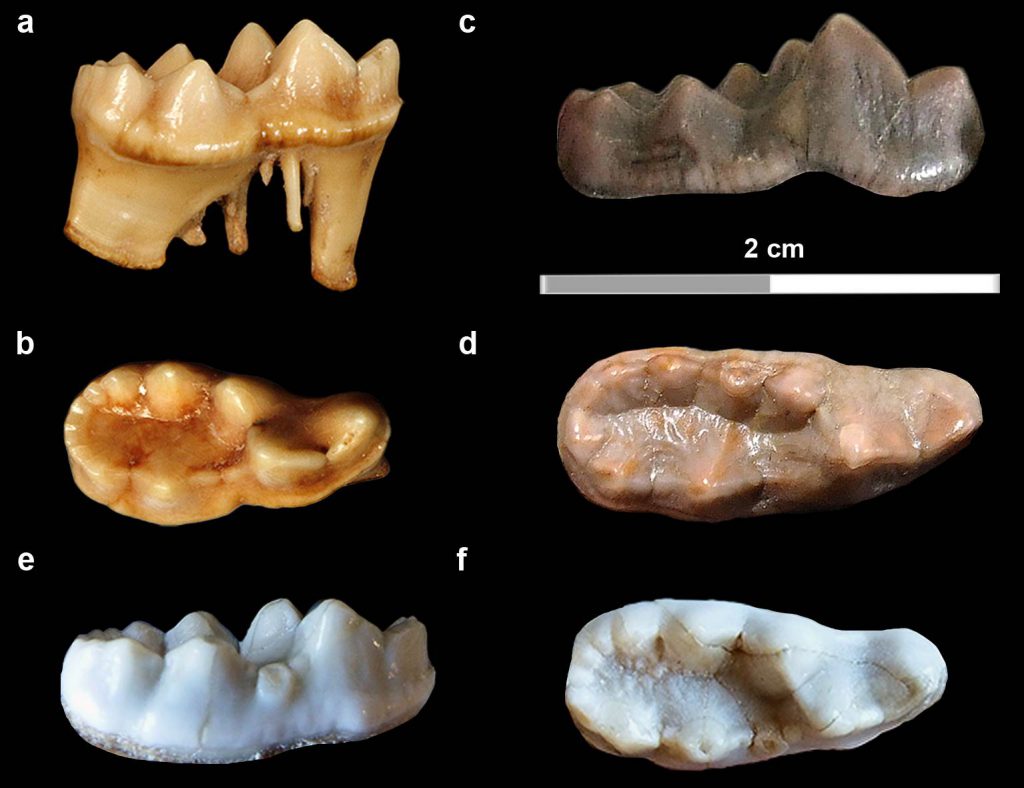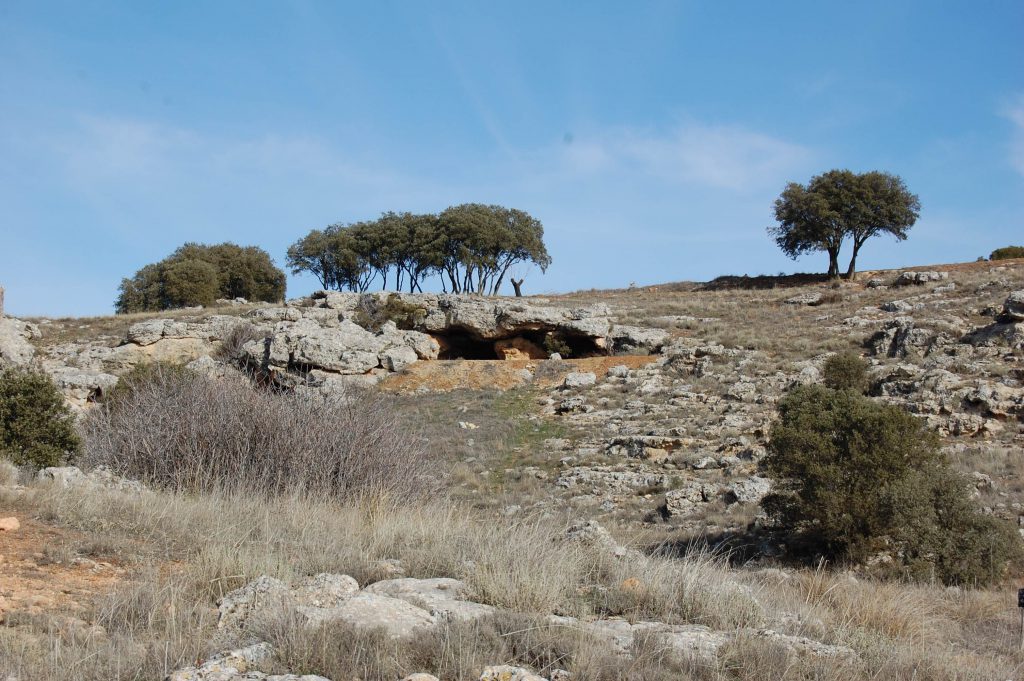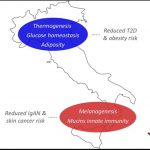Cueva de los Toriles site is dated to the Early-Middle Pleistocene by the presence of a primitive badger
The CENIEH has led a paper on this archaeological site located in Castilla-La Mancha (Spain), which makes clear its importance as one of the most significant enclaves with fossil remains from these chronologies in the southern Iberian plateau

A team of researchers headed by Daniel Garcia Martínez, a paleoanthropologist at the Centro Nacional de Investigación sobre la Evolución Humana (CENIEH), has just published a paper in the Journal of Iberian Geology on some remains of a primitive badger found in the Cueva de los Toriles (Carrizosa, Ciudad Real, Spain) which have allowed it to be dated to the Early-Middle Pleistocene: this archaeological site could potentially be a singular enclave with fossil remains from the southern Iberian plateau in these chronologies.
Even though there is currently no exact dating for the sedimentary deposits at this site in La Mancha, the finding of two lower molars of a mustelid, attributed to the species Meles cf. thorali, a primitive badger, has enabled their potential age to be checked, because this extinct mustelid is principally found in sites around 1 million years old.
As Alberto Valenciano, a specialist in mustelids from the University of Cape Town, explains: “In accordance with the presence of this badger species in the cave, we can tentatively assume an age ranging from the Late Pliocene up to the Middle Pleistocene”. In addition, as García Martínez comments: “These chronologies would be consistent with certain lithic tools recovered from the site”.
A natural corridor
Studying the southern Iberian plateau is primordial to revealing the population and movement of fauna in the Iberian Peninsula, because it functions as a natural corridor connecting the Central System and Iberian Range to the north with the Baetic Ranges to the south.

In the southern Iberian plateau, there are far fewer Pleistocene sites than in the northern plateau, where sites of world importance such as Atapuerca (Burgos) are found, because the eminently agricultural use of the land has caused many open-air sites to be altered or vanish.
“And while it is true that certain sites well-known to archaeologists are found in Ciudad Real, such as Albalá or El Sotillo, these are rich in lithic remains but poor in fossils, something which does not happen at Cueva de los Toriles where remains of macromammals have also been found, which could help to fill the gaps in our knowledge about this region”, states García Martínez.
“This cave is also an important site because of the enduring human presence stretching back to prehistory which we are seeing in our first investigations. A major milestone in the archaeology of Castilla-La Mancha and the southern sub-plateau”, says Pedro R. Moya Maleno, from the Universidad Complutense de Madrid.
Full bibliographic information
Press release from CENIEH


